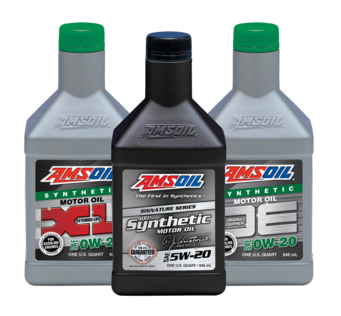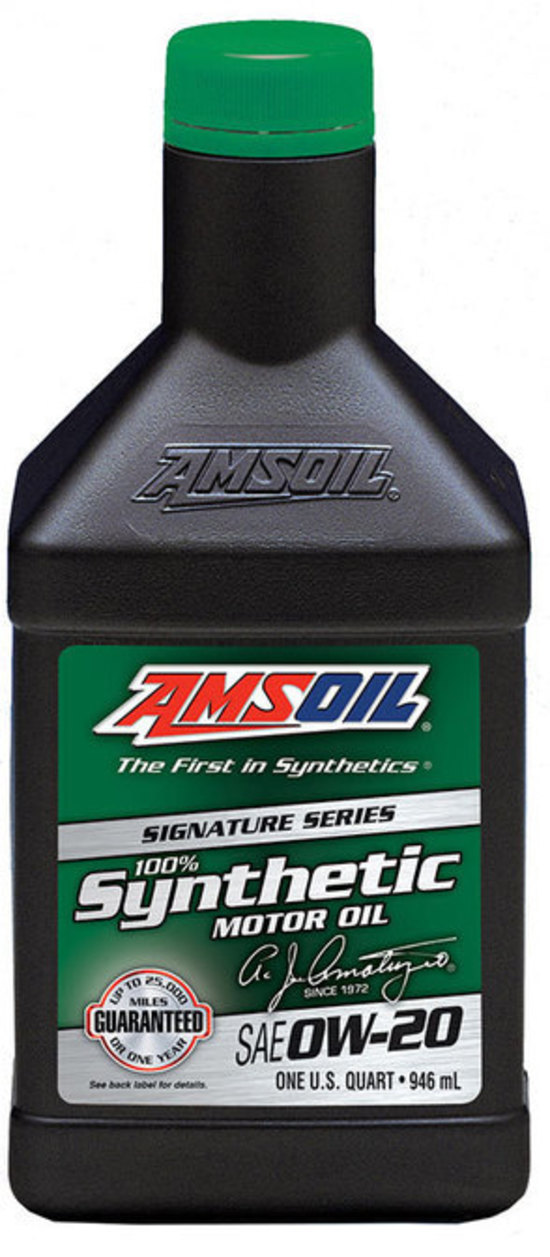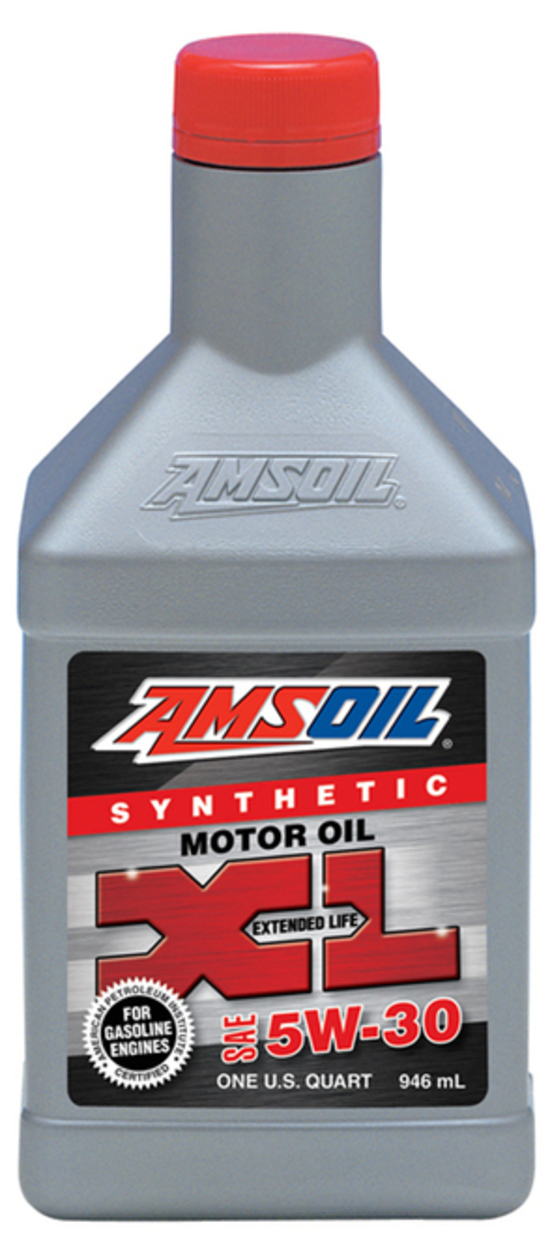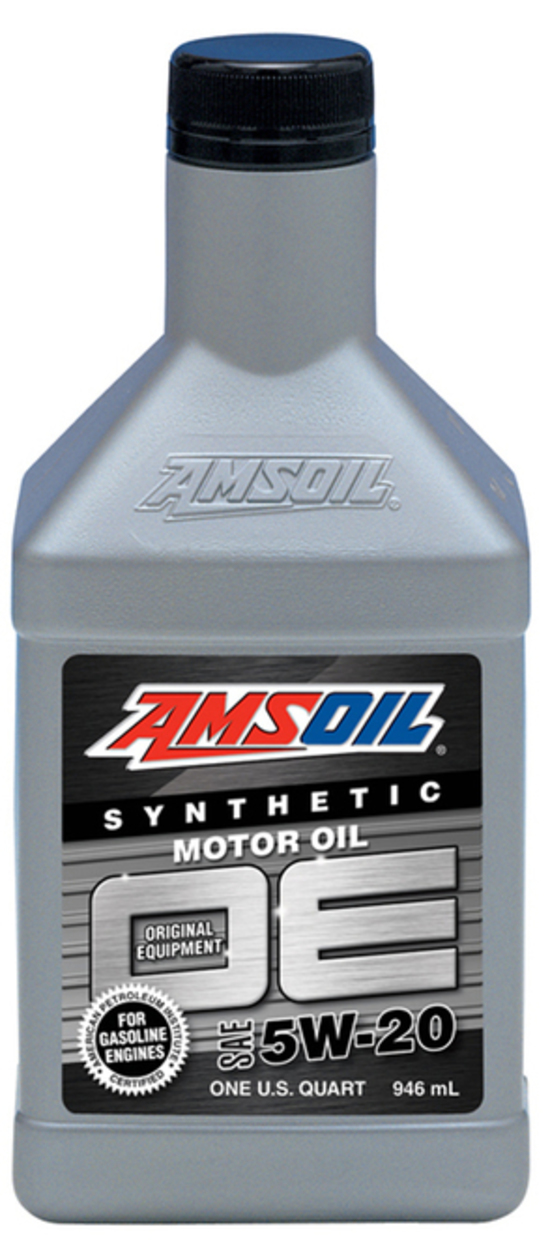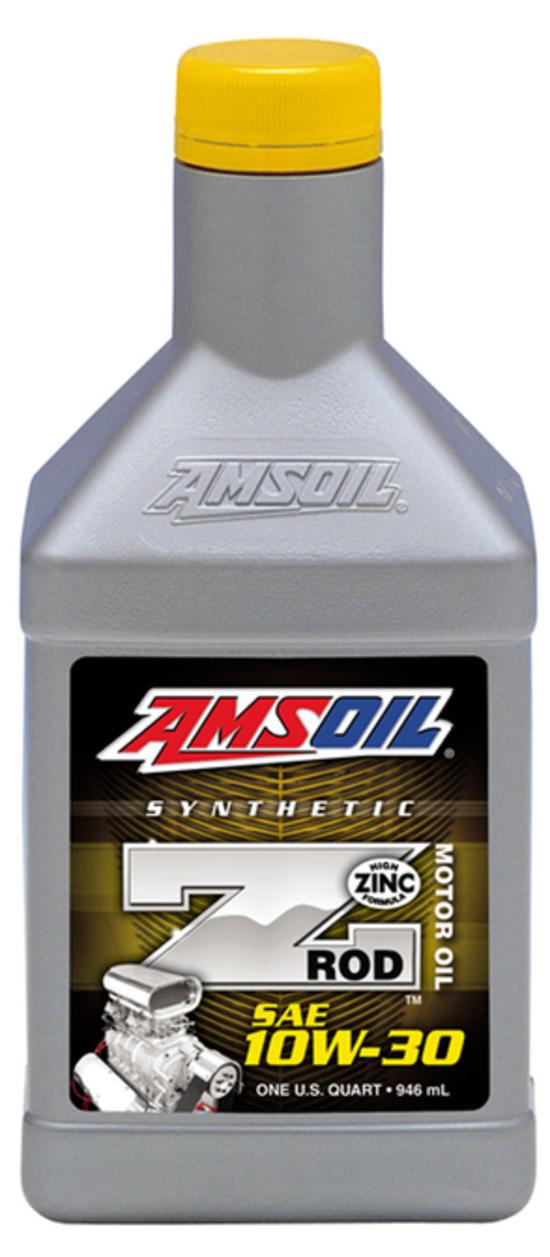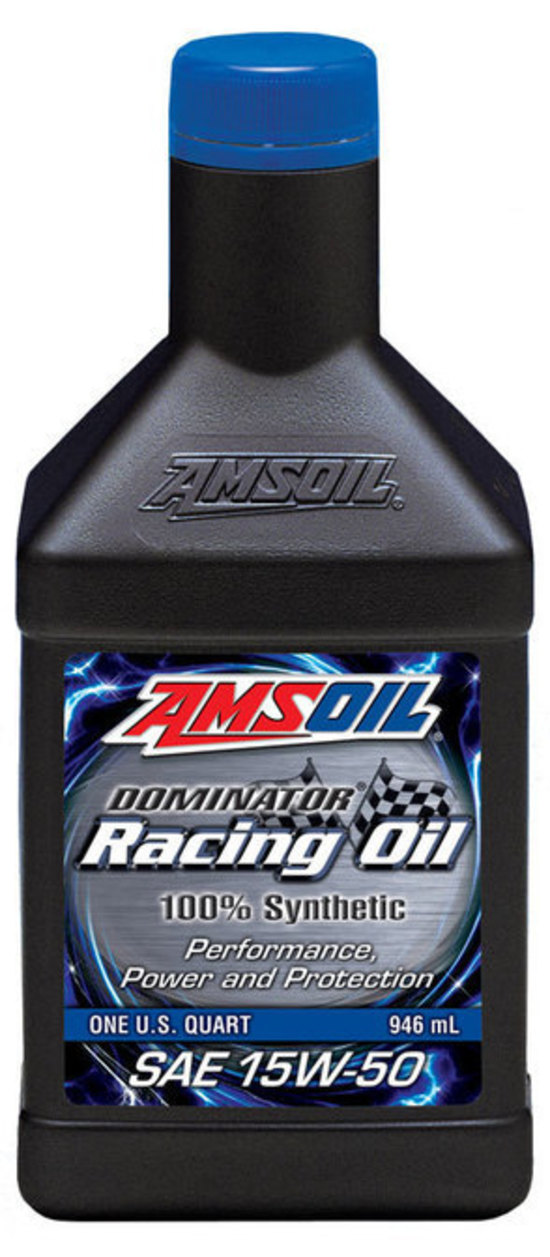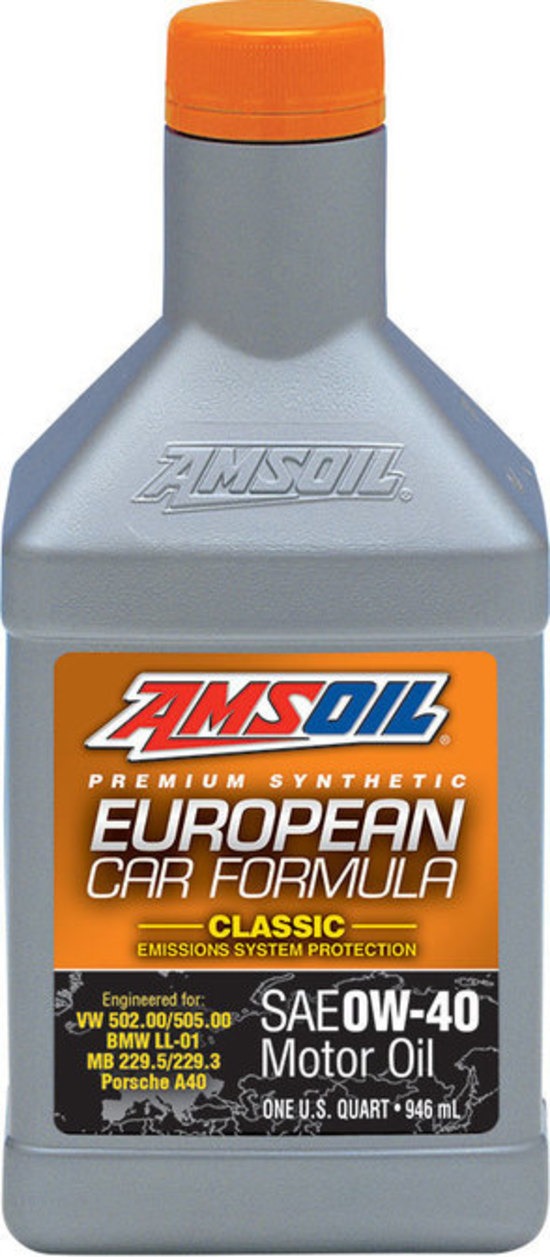INDEPENDENT DEALER
Portland, OR & Clackamas | (503) 329-9004
PREVENT ENGINE FAILURE
We've all been there at one time or another, driving along, minding our own business when suddenly the engine starts to cough and sputter, causing the vehicle to slow to a halt. What just happened? What could have been done to avoid this problem? Is it the end of the engine as we know it? Can it be brought back to life? Well, wonder no more because Bill Rigdon has you covered. Join us as we explore the exciting world of preventing engine failure.
Performing Regular Maintenance
Performing regular maintenance isn't only good for your safety and peace of mind, it also helps lower your risk of getting into an accident. Regular maintenance also helps save you money because if you wait a long time for something to break, the repair will be much more costly than simply maintaining that troublesome part. This includes checking your oil levels and tire pressure.
Don't Use Your Wiper Blades to Clear Ice
If you do use your wiper blades to clear ice, the ice will cause extra wear on the wiper blades and it is costly to replace your wiper blades, especially if it can be entirely avoided in the first place. Also, wiper blades were never designed to wipe away ice so when your windows do get icy, just use an ice scraper to scrape your windows properly or simply start your car early. The right tool for the right job.
Let Your Car Warm up for a Minute or Two
The best way to get your car going is to allow it to run for a minute or two. Let the fluids circulate and build up pressure in the engine so that oil, coolant, and transmission fluid are flowing before you put on the gas and zoom off into the sunset.
Let Your Car Cool Down
This is especially important if you have a turbo charged engine. Letting your car rest for a bit before shutting it off is a great habit to start. This is because when your vehicle is running, all of the fluids are moving; carrying heat away from the engine. When you do a cold stop without letting your engine cool down, all of that heat gets trapped inside the engine which can cause the oil to harden. Hardened oil creates all sorts of mechanical havoc inside your engine.
Maintain Tire Pressure to Protect Your Vehicle from Pothole Impacts
Pay close attention to your vehicle's tire pressure. Keeping tire pressure at your vehicle manufacturers' recommended specifications will help to protect your vehicle's wheels and tires from pothole impacts.
Maintain Proper Fluid Levels to Keep Your Car Happy
Fluids are especially vital for maintaining a safe and reliable vehicle. If your vehicle has developed any sort of leak, failing to keep the leaky fluid topped up will lead to serious consequences and eventual expenses. If your engine is leaking fluid and it falls below a critical level, one thing will lead to another causing a chain reaction of the demise of lubricant-dependent parts which will eventually lead to total engine failure. It is best to avoid this scenario entirely by spending a few minutes of your time to keep your fluids topped up. Check your fluid levels every time you fill up at the gas station and be careful not to overfill your fluids as this can cause as many problems as not having enough fluid. For example, having too much transmission fluid will cause the fluid to aerate and foam leading to transmission problems. Make sure that when you check your oil level, check the color out as well because if it is honey colored it is perfect but if it is black and sludgy, this means it is filled with residue and needs to be changed as soon as possible.
AMSOIL SYNTHETIC OILS
Different Levels of Protection
AMSOIL Signature Series Synthetic Motor Oil
Engineered to outperform conventional and synthetic motor oils. It combines industry-premier synthetic technology with AMSOIL premium additives in a unique formulation that exceeds the higher performance demands of modern engines. Signature Series delivers the performance and value upon which the AMSOIL reputation is built. The culmination of more than 40 years of expertise, its exclusive formulation raises the bar for motor oil performance.
XL Synthetic Motor Oil
Formulated for up to 10,000-miles/six month intervals, or longer when recommended in owners’ manuals or indicated by oil monitoring systems. Provides better wear control, high- and low-temperature protection and increased fuel economy compared to conventional oils.
OE Synthetic Motor Oil
AMSOIL OE Synthetic Motor Oil is specially formulated for the longer oil change intervals recommended by vehicle manufacturers today. Its advanced synthetic technology resists chemical breakdown for maximum wear protection (and peace of mind) well beyond the traditional 3,000-mile oil change interval.
Z-ROD Synthetic Motor Oil
AMSOIL Z-ROD Synthetic Motor Oil is specially engineered for classic and high-performance vehicles. A high-zinc formulation to prevent wear on flat-tappet camshafts and other critical engine components, along with a proprietary blend of rust and corrosion inhibitors for added protection during long-term storage.
DOMINATOR® Racing Oil
Provides superior performance and maximum protection in high-performance and racing applications. DOMINATOR is engineered from advanced synthetic technology to better withstand the elevated rpm, high temperatures and shock-loading common to racing applications.European Synthetic Motor Oil
AMSOIL European Car Formula Synthetic Motor Oil provides exceptional performance and protection for gasoline and diesel European vehicles. It meets a wide variety of specifications and carries multiple manufacturer approvals. European Car Formula features a broad range of viscosities and different levels of emissions system protection to keep sensitive emissions systems operating efficiently.
The Importance of Oil Checks and Synthetic Oil Changes
In order to make sure that your engine remains working well and in the best conditions, it is important to perform routine oil checks and synthetic oil changes, among other tasks. That is why today we want to focus on discussing the importance of using synthetic oil and performing routine oil checks to avoid engine malfunction due to lack of lubrication.
Synthetic Oil Gives You the Peace of Mind You Deserve
Motor oil plays a very critical role in the performance of your engine. The main function of motor oil is lubrication. The oil in your engine is there to coat and cover the engine parts that are moving so that they do not scrape and wear out as they move past one another. The better the quality of the motor oil, the higher the coverage and protection against friction and other potentially damaging factors. Conventional motor oils offer lubrication but the level of protection is not always stable. The heat, extreme cold, and other conditions can affect how well conventional oil is able to lubricate. That is why it is always best to use a trust-worthy synthetic oil such as AMSOIL.
Why are Oil Checks and Changes Important?
Checking the oil of your engine is one of the best ways to prevent your engine from suffering destructive damages caused by a lack of proper lubrication. Oil checks are best done every three to four weeks in older vehicles, and every five to six weeks in newer, higher-technology engines. Both the level and quality of the oil should be observed when checking the oil. If there is not enough motor oil inside the engine, there will be a lack of friction protection and the engine will suffer from immediate wear. When the oil is in bad conditions, something that tends to happen when it has gone too long without an oil change, it can affect the engine instead of protecting it.
Check the Oil Level and Act Accordingly
To check the level of the oil, you must first locate the dipstick in your engine and then pull it out. Using a cloth, wipe out the end of the dipstick and place it back inside. This second time, as you pull out the dipstick, take note of where the oil mark is. There should be two lines or some sort of indicator that marks the minimum and maximum level of oil. The oil should leave a streak above the minimum indicator and just below the maximum. If the oil marking is between the min. and max mark, then it is best to add more oil. Never run your engine on low levels of oil; if the oil level is closer to the minimum, you must immediately add more oil. Do not run your engine until you add more oil but also, avoid overfilling it, keep the level just below the maximum.
Determine If the Oil in Your Engine Needs to Be Changed
Once you have checked the level of the oil, make sure you place the dipstick in again and this time, wiggle it around so that it picks up a bit more oil. Pull out the dipstick and transfer a bit of that oil into your fingers. Then, rub the oil between your fingers and notice if there are any dirt particles. If it leaves a smudge on your finger or you can feel the dirt particles as you rub it, it is likely that the oil is getting too dirty and wearing out. The color of the oil can also be an indicator of whether it needs to be changed. If the oil has lost most transparency and is too dark to see through it, it should be changed soon. If however, it is a brownish color but has not yet become very dark or cloudy then, it may still last a few miles before absolutely requiring a change.
